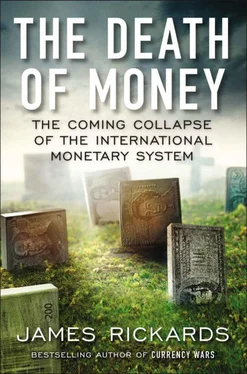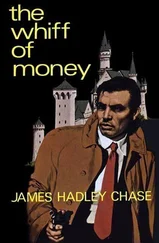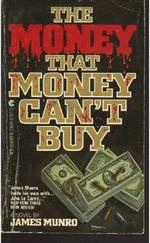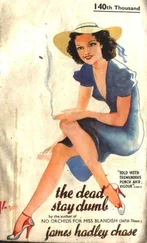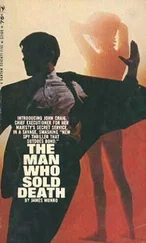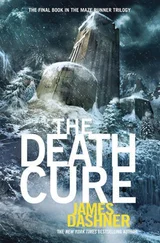Despite the official denial, proof of the terrorist trading connection is found through a deeper dive into the world of forensics and the phenomenon of signal amplification. The unusual options trading in advance of 9/11 has been closely studied by academics. The literature, most of it published after the 9/11 Commission completed its work, is emphatically of the view that the pre-9/11 options trading was based on inside information.
The leading academic study of terrorist insider trading connected to 9/11 was done over four years, from 2002 to 2006, by Allen M. Poteshman, then at the University of Illinois at Urbana-Champaign. His conclusions were published by the University of Chicago in 2006.
These conclusions were based on strong statistical techniques. This is like using DNA to prove a crime when there was no eyewitness. In murder cases, prosecutors compare a defendant’s DNA to samples found at the crime scene. A DNA match might implicate a defendant in error, but the chance is so slight, so exceedingly remote, that juries routinely convict. Certain statistical correlations are so strong that the obvious conclusion must be drawn despite a microscopic chance of error.
Academics like Poteshman take large sets of data and establish the normal behavior of stocks, called the baseline. Researchers then compare actual trading in a target period to the baseline to see if the target period represents normal or extreme activity. Explanatory variables are tested to account for extreme activity. These techniques have proved reliable in many investigatory and enforcement contexts. During the dot-com bubble, for example, they were used to uncover widespread illegal backdating of options by technology companies.
Poteshman’s data for the purposes of establishing a baseline included a daily record of options trades on all stocks in the S&P Index from 1990 through September 20, 2001, shortly after the 9/11 attacks. He focused on several relevant ratios before turning to the one most likely to be used by terrorists—the simple purchase of put options on AMR and UAL. A put option on a stock is a bet that the stock’s price will fall.
He arranged the data in decimal brackets from 0.0 to 1.0, with 0.0 representing extremely low activity in put options and 1.0 representing extremely high activity. He discovered that in the four trading days prior to 9/11, the maximum daily value for either hijacked airline was 0.99 and the maximum value over the entire four-day window was 0.96. In the absence of any news that would explain such an extreme skew, the inescapable conclusion is that this activity represents insider trading. Poteshman writes:
There is evidence of unusual option market activity in the days leading up to September 11 that is consistent with investors trading on advance knowledge of the attacks.
Another leading study, conducted by the Swiss Finance Institute, reached the same conclusion. This study covered the period 1996 to 2009 and analyzed over 9.6 million options trades in thirty-one selected companies, including American Airlines. With respect to 9/11, the study concluded:
Companies like American Airlines, United Airlines, Boeing and to a lesser extent Delta Air Lines and KLM seem to have been targets for informed trading activities in the period leading up to the attacks. The number of new put options issued during that period is statistically high and the total gains… realized by exercising these options amount to more than $16 million. These findings support the evidence in Poteshman (2006) who also documents unusual activities in the option market before the terrorist attacks.
The 9/11 Commission was aware of the trading records used by subsequent scholars, and it was familiar with media reports that insider trading by terrorists had taken place. Yet the 9/11 Commission denied any connection between the options trading and terrorists. Its failure to conclude that terrorist insider trading took place is due to its failure to understand signal amplification .
* * *
Signal amplification in stock trading describes a situation where a small amount of illegal trading based on inside information leads to a much greater amount of legal trading based on the view that “someone knows something I don’t.” It is a case of legitimate traders piggybacking on the initial illegal trade without knowing of the illegality.
Again, no one can trade in isolation. For every buyer of put options, there is a seller who sees the transaction take place. Each trade is entered on price reporting systems available to professional traders. A small purchase of put options by a terrorist would not go unnoticed by those professionals. There was no news of any importance on American or United Airlines in the days before 9/11. Anyone seeing a small trade would ask herself why a trader would make a bet that the stock was going down. She would not know who was doing the trading, but would assume the trader knew what he was doing and must have a basis for a bear bet. This pro might buy a much larger amount of put options for her personal account as a piggyback bet on the stranger’s informed trade.
Soon other traders begin to notice the activity and also buy put options. Each trade adds to the total and amplifies the original signal a little more. In extreme cases, the dynamic resembles the chaotic climax of the film Wall Street, in which initial insider trading in Blue Star Airlines by Charlie Sheen’s character cascades out of control amid shouts of “Dump it all!” and “We’re getting out now!”
In the event, 4,516 put options, equivalent to 451,600 shares of American Airlines, were traded on September 10, 2001, the day before the attack. The vast majority of those trades were legitimate. Yet it only takes a small amount of terrorist insider trading to start the ball rolling on a much larger volume of legitimate piggyback trading. The piggyback traders had no inside information about an attack; they were betting that other traders knew negative news on AMR that had not been made public.
They were right.
A standard rejoinder, by many in the intelligence community, to suggestions of terrorist insider trading is that terrorists would never compromise their own operational security by recklessly engaging in insider trading because of the risks of detection. This reasoning is easily rebutted. No one suggests that terrorist hijacker Mohamed Atta bought put options on AMR through an E*Trade account on his way to hijack American Airlines Flight 11 from Logan Airport, Boston. The insider trading was done not by the terrorists themselves but by parties in their social network.
As for operational security, those imperatives are easily overridden by old-fashioned greed. A case in point is home decorating maven Martha Stewart. In 2001 Stewart was one of the richest women in the world due to the success of her publishing and media ventures related to cooking and home decorating. That year she sold stock in ImClone Systems based on a tip from her broker and avoided a loss of about $45,000; that sum was a pittance relative to her fortune. In 2004, however, she was convicted of conspiracy, obstruction of justice, and making false statements in connection with the trade and was sent to prison.
When it comes to betting on a sure thing, greed trumps common sense and makes the bet irresistible. The record of insider trading is replete with such cases. A terrorist associate is not likely to show better judgment than a superrich celebrity when the opportunity arises.
Given the weight of the social network analysis, statistical methods, signal amplification, and expert opinion, why did the 9/11 Commission fail to conclude that terrorists traded in AMR and UAL in advance of the attack? The answer lies in the 9/11 Commission Report itself, in footnote 130 of chapter 5.
Читать дальше
